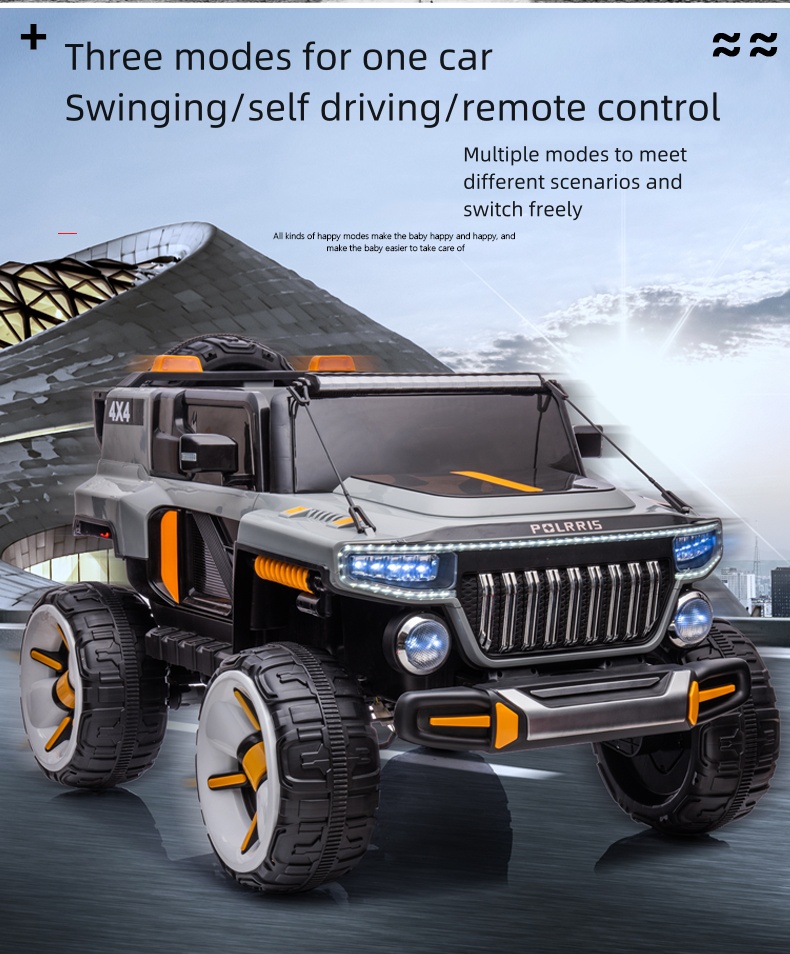11月 . 25, 2024 21:18 Back to list
brake drum vs brake pad
Brake Drum vs. Brake Pad Understanding the Key Differences in Automotive Braking Systems
When it comes to vehicular safety, the braking system is one of the most critical components. Among the various elements that make up this system, brake drums and brake pads play pivotal roles. Understanding the differences between brake drums and brake pads can not only enhance your knowledge of automotive mechanics but also help you make informed decisions regarding maintenance and repairs.
What are Brake Drums?
Brake drums are cylindrical components found in drum brake systems. They are typically made of cast iron or aluminum and are mounted on the wheel hub. When the driver presses the brake pedal, brake shoes inside the drum are pushed outward against the inner surface of the drum. This friction between the shoes and the drum slows down the vehicle.
Brake drums are primarily found on the rear wheels of many vehicles, especially older models and certain types of trucks. They are known for their ability to provide strong braking force and are often more effective in heavy-duty applications. However, their design can also lead to some disadvantages, particularly in terms of heat dissipation and performance during prolonged braking.
What are Brake Pads?
On the other hand, brake pads are key components of disc brake systems, which are more commonly used in modern vehicles. Brake pads are flat pieces of material that press against a brake disc or rotor when the driver applies the brakes. Like brake drums, brake pads rely on friction to slow down the vehicle, but they do so in a different manner.
Disc brakes generally offer better performance compared to drum brakes. They provide superior heat dissipation, which helps prevent brake fade (a reduction in stopping power when the brakes are overheated). Additionally, brake pads tend to be more responsive, allowing for smoother and more controlled braking. This is particularly advantageous in emergency braking situations or during aggressive driving.
Key Differences Between Brake Drums and Brake Pads
brake drum vs brake pad

1. Design and Functionality - Brake drums work by using friction between stationary shoes and the inner surface of a rotating drum. Brake pads operate on the principle of pressing against a rotating disc. 2. Heat Dissipation - Brake pads in disc brake systems have better heat dissipation compared to brake drums, which can lead to more consistent performance over prolonged use.
3. Maintenance and Replacement - Brake pads are generally easier to replace than brake drums. When brake pads wear down, they can usually be replaced without removing the entire brake assembly. In contrast, brake drums may require more complex disassembly for inspection and replacement of the shoes.
4. Cost - Brake pads typically cost less than brake drums, and the overall maintenance for disc brakes can be more economical over time, especially given their increased durability and performance.
5. Usage - Drum brakes are often used in vehicles that require high braking force or are designed for heavy-duty applications. Disc brakes with pads are more prevalent in consumer vehicles due to their versatility and efficiency.
Pros and Cons
Brake Drums - Pros - Effective in heavy-duty applications. - Generally less expensive to manufacture. - Cons - Less effective heat dissipation. - More prone to wear and reduced performance over time. Brake Pads - Pros - Better heat management and performance. - More responsive and easier to replace. - Cons - Can be more expensive in terms of replacement costs, particularly if rotors need to be replaced as well.
Conclusion
In summary, both brake drums and brake pads are essential components of automotive braking systems, each with its own advantages and disadvantages. Understanding these differences can empower car owners to make more informed decisions regarding maintenance, repairs, and overall vehicle safety. Whether you have a vehicle equipped with drum brakes, disc brakes, or a combination of both, regular inspections and timely replacements are crucial for ensuring optimal braking performance and enhancing road safety. Proper knowledge of these components can lead to better care for your vehicle and contribute to safer driving experiences.
-
High-Quality Trailers for Towing Needs | Shop Now
NewsJul.25,2025
-
Premium MAN Shaving Kit for Effortless Comfort
NewsJul.25,2025
-
HINO Advanced Machinery Solutions - LONGYAO COUNTY YIHANG MACHINERY | Industrial Efficiency&Customization
NewsJul.21,2025
-
HINO Machinery Solutions - LONGYAO COUNTY YIHANG MACHINERY MANUFACTURING CO.LTD | Precision Engineering, Customizable Configurations
NewsJul.21,2025
-
HINO Machinery Solutions - LONGYAO COUNTY YIHANG MACHINERY MANUFACTURING CO.LTD | Precision Engineering, Customizable Configurations
NewsJul.21,2025
-
HINO Machinery Solutions - LONGYAO COUNTY YIHANG MACHINERY MANUFACTURING CO.LTD | Precision Engineering, Customizable Configurations
NewsJul.21,2025
